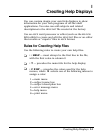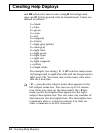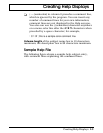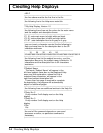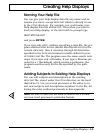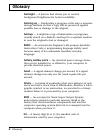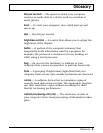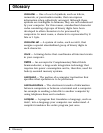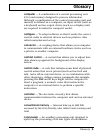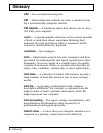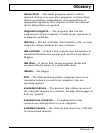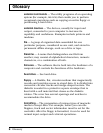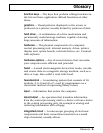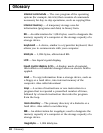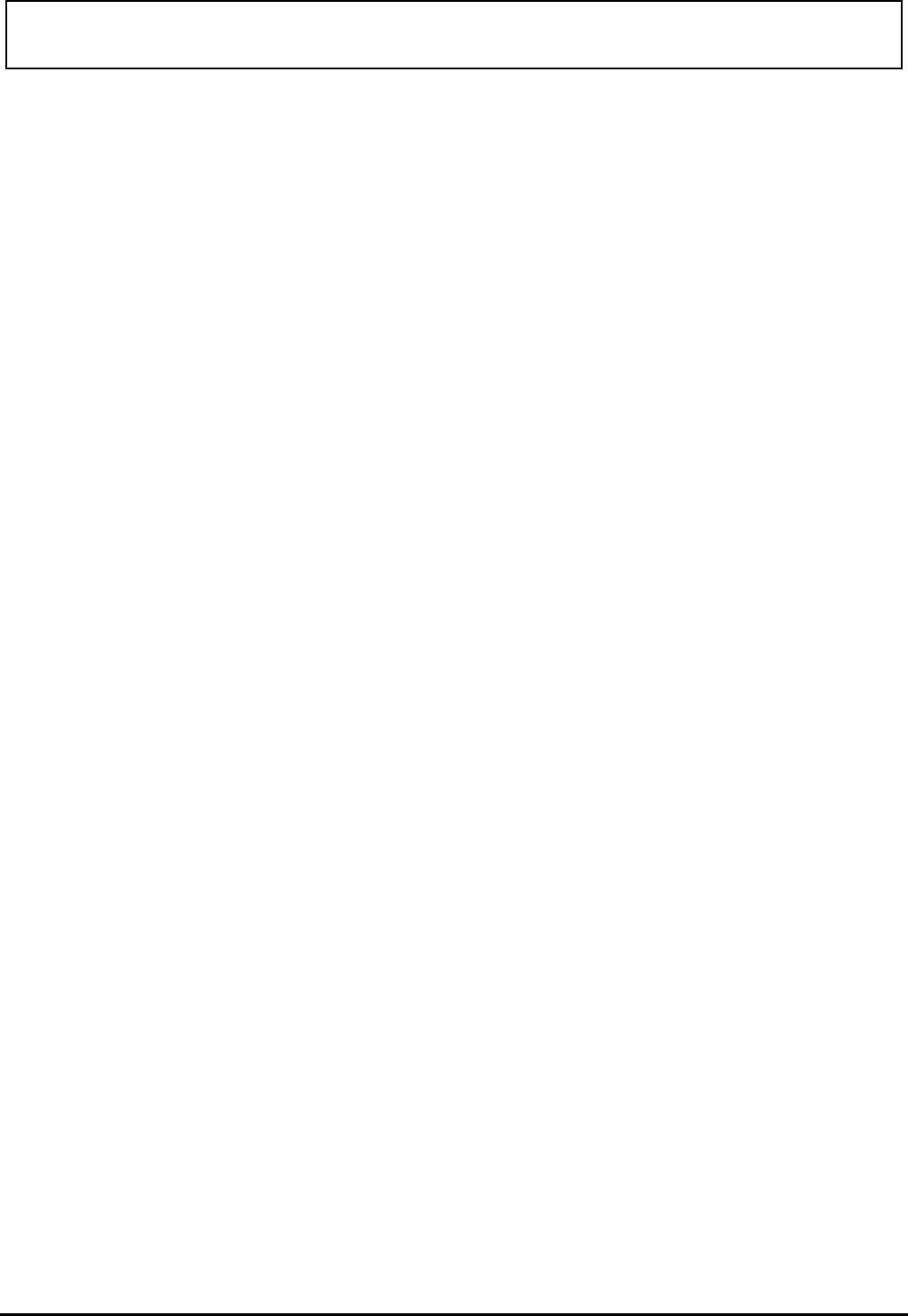
character — One of a set of symbols, such as letters,
numerals, or punctuation marks, that can express
information when collectively arranged. Although these
symbols are intelligible to humans, they are not understood
by your computer. For this reason, standardized character
codes consisting of groups of binary digits have been
developed to allow characters to be processed by
computers. In most cases, a character is represented by 8
bits or 1 byte.
character set — A system of codes, such as
ASCII, that
assigns a special standardized group of binary digits to
each character.
clock — A timing device that coordinates all internal events
in your computer.
CMOS — An acronym for Complementary Metal Oxide
Semiconductor; a large-scale integration technology that
requires low-power consumption and is, therefore, used for
battery-assisted memory systems.
command — The portion of a computer instruction that
specifies what operation is to be performed.
communications — The electronic transfer of information
between computers or between a terminal and a computer.
An example is sending a data file to another computer by
using telephone lines and a modem.
compiler — A program that translates a language, such as
BASIC, into a language your computer can understand. A
compiler translates the entire program just once.
Glossary
4 Glossary



